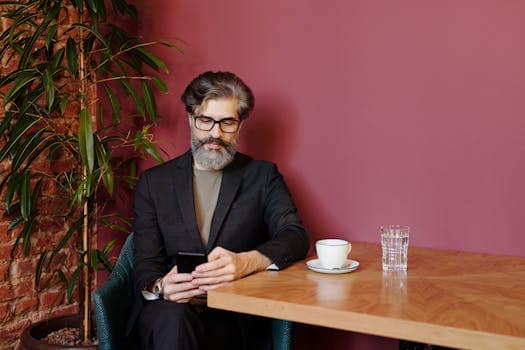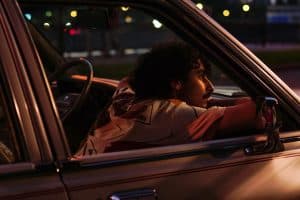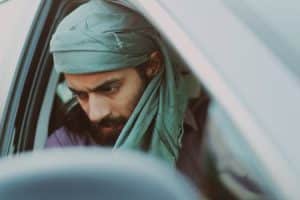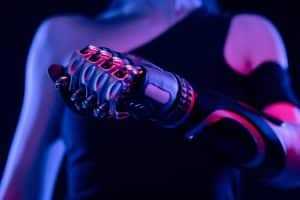Fashion and AI: How Technology Is Changing Design
In today’s technology-driven world, it’s no surprise that artificial intelligence (AI) has made its way into the fashion industry. From virtual fashion shows to AI-powered design tools, the rise of technology has greatly impacted how fashion is created, marketed, and consumed. With the ever-growing demand for innovation and convenience, it’s no wonder that fashion and AI have become a powerful duo. In this article, we’ll explore how technology is changing the face of fashion and the future possibilities it holds.
The Evolution of Fashion and AI
Over the years, fashion has seen its fair share of technological advancements – from the introduction of sewing machines to the rise of e-commerce. However, the incorporation of AI into the industry has been a relatively recent development. Unlike traditional fashion design, which relies heavily on human creativity and skill, AI brings a whole new level of precision and efficiency to the table.
Initially, AI was used in fashion for tasks such as predicting trends and analyzing consumer behavior. However, with the help of machine learning, it has evolved to tackle more complex tasks like designing and creating entire collections.
AI-Powered Design Tools
One of the most significant impacts of technology on fashion has been the introduction of AI-powered design tools. These tools use algorithms and pattern recognition to generate design ideas and create digital mock-ups. They can analyze data from past collections and consumer preferences to come up with unique and trend-forward designs.
This doesn’t mean that AI is replacing human designers – rather, it’s working alongside them. These tools serve as a starting point for inspiration, allowing designers to have more time for other important tasks such as sourcing materials and managing production.
The Rise of Virtual Fashion Shows
Gone are the days when designers had to spend thousands of dollars on elaborate fashion shows. With the help of AI, fashion brands can now showcase their collections in virtual settings – reaching a wider audience at a fraction of the cost.
Virtual fashion shows have been around for a while, but they have gained considerable traction in recent years. AI-powered software can create incredibly realistic 3D models that can showcase collections in a variety of settings and scenarios. These virtual shows also provide a more immersive experience for the audience, allowing them to see the designs in detail from every angle.
The Impact on Sustainability
Another significant change AI has brought to the fashion industry is its impact on sustainability. With the ability to analyze data and predict trends, AI can help reduce waste in fashion by predicting the demand for certain styles and designs. This allows brands to produce only what is needed, minimizing overproduction and reducing the industry’s carbon footprint.
AI has also been used in fabric sourcing, ensuring that designers use sustainable materials that are both ethical and eco-friendly.
The Future Possibilities
As technology continues to advance, we can only imagine the endless possibilities and innovations that AI could bring to the fashion industry. One area that is being explored is the use of AI to create personalized garments – allowing customers to design their own one-of-a-kind pieces.
AI could also play a significant role in the fashion retail experience. With the rise of virtual fashion assistants, customers can receive personalized recommendations based on their preferences and buying history. This could revolutionize the way we shop and make fashion more accessible to all.
Conclusion
The integration of AI into the fashion industry has changed the game for designers, brands, and consumers alike. From design tools to virtual fashion shows and sustainability, the possibilities and benefits are endless. While there may be some skepticism about the role of AI in fashion, it is clear that it is here to stay and will continue to shape the industry in the years to come.
As we continue to embrace technology and all its potential, one thing is for sure – the future of fashion and AI is looking bright.









